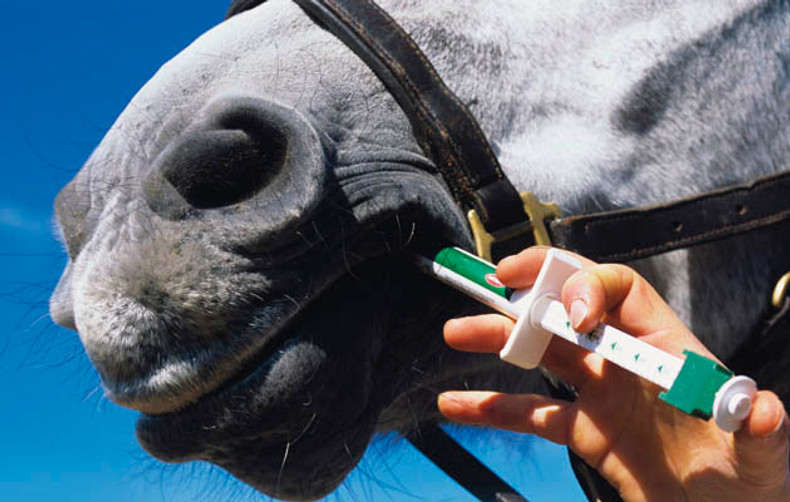Because it coincides most closely with the process of interrupting the life cycle of the bot-fly, the optimal time of year to worm your horses is between the middle and late autumn. Because the lifespan of a bot fly is twelve months, treating it once a year will have the effect of breaking that lifecycle (and will, over time, reduce the number of bot fly populations). Because the whole population of bot flies will be within your horse by the middle of autumn or early winter, you will be able to eliminate all of the bots on your property with a single dose of a boticide dewormer (ivermectin, abamectin, or moxidectin).
It is possible that you will not be able to eliminate all of the bot flies if you deworm your horses too early in the autumn. Bot insects are frequently present far into the autumn, and they lay their eggs on the coats of the horses. If you deworm your horse on March 1st, there will be bot flies, and following that, there will be bot eggs and larvae that arrive after the treatment and will live within your horse for the entire year.
Consequently, if your horses are in good condition, you should postpone the deworming that is performed in autumn for a little bit longer. Before beginning the deworming process, you should wait until the evenings become cooler and the bot flies vanish. Additionally, you should make sure that the dewormer you purchase is effective against bots; otherwise, your efforts will be useless. If your horses require treatment at this time, you should do so; nevertheless, you should be sure to target bot flies once again in the early winter. When it comes to the "first frost" approach, it simply implies that the temperature is low enough for the bots to be done. The frosts that occur in Australia are not cold enough to kill any worms that are buried in the ground; in order to do so, they require days that are consistently below zero degrees (think of winters in Northern Europe or the United States).


